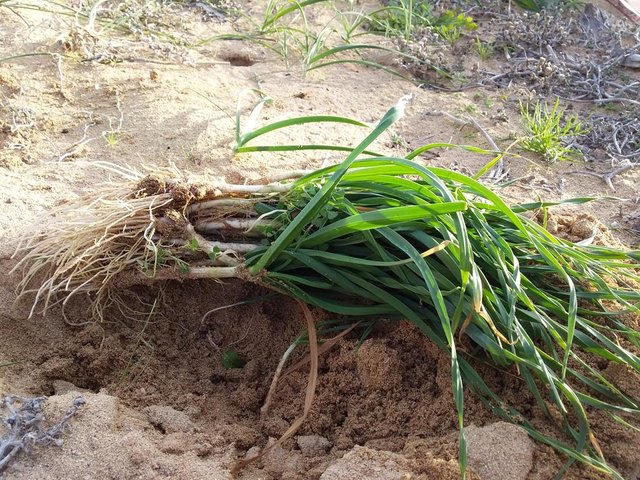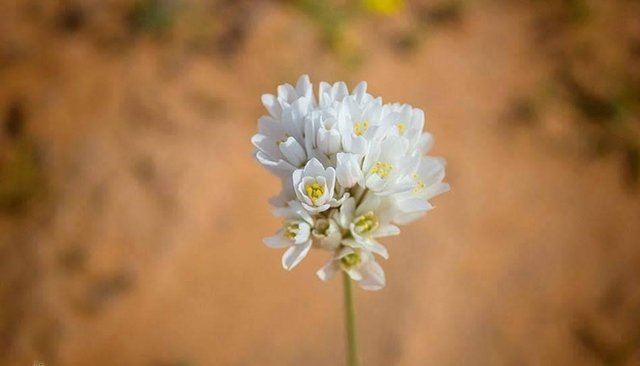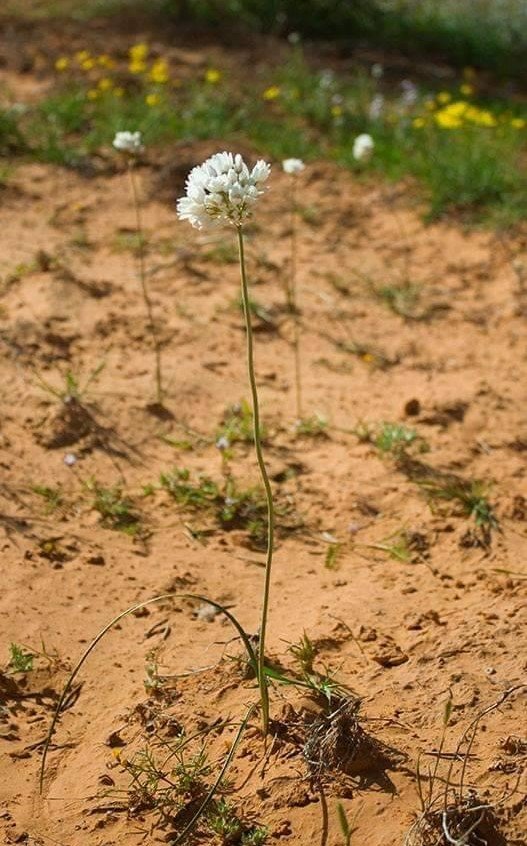
, also known as chives or perennial garlic, is an aromatic plant with a scent reminiscent of both onion and garlic. It thrives in spring and is abundant in irrigated and upland areas in North Africa and Southern Europe. Its growth is triggered by the onset of rain in late winter.
Also referred to as Rosy Garlic, it belongs to the Alliaceae family and is a wild spring plant naturally found in the Mediterranean Basin (North Africa and Southern Europe). It is now cultivated in farms and gardens worldwide. The initial classification of Allium schoenoprasum was documented by the Swedish botanist Carl Linnaeus in his work "Species Plantarum" published in 1753. He categorized the plant based on the potency of its permeable substance and flower colors. In this classification, he found that Libya, Tunisia, Algeria, Egypt, and Palestine belong to the same species, which he named Tourneuxii.
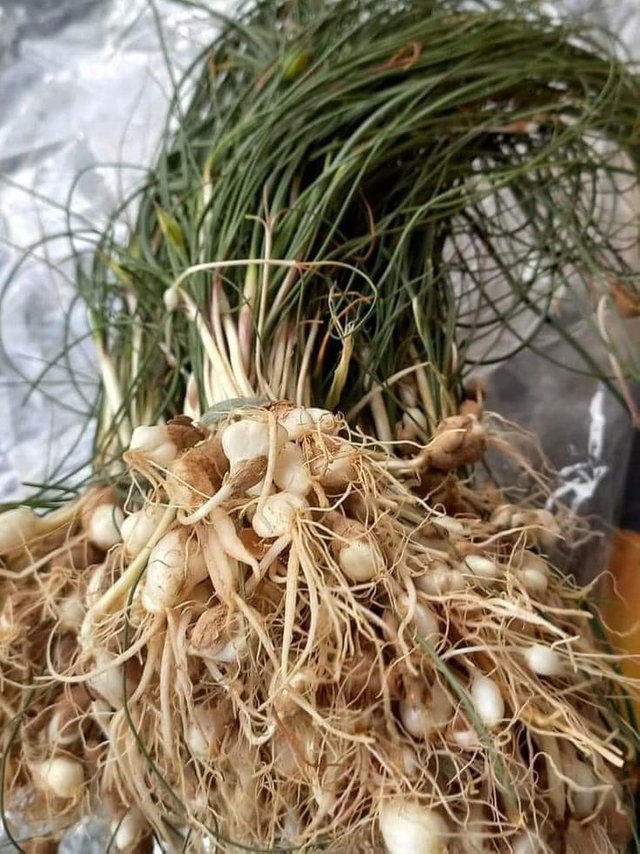
While many Mediterranean countries cultivate and export Allium schoenoprasum, in Libya and Tunisia, it is often harvested from fields after its natural spring growth period without much agricultural intervention, except in certain regions like Jebel Nafusa and some coastal areas.
Benefits of Allium schoenoprasum:
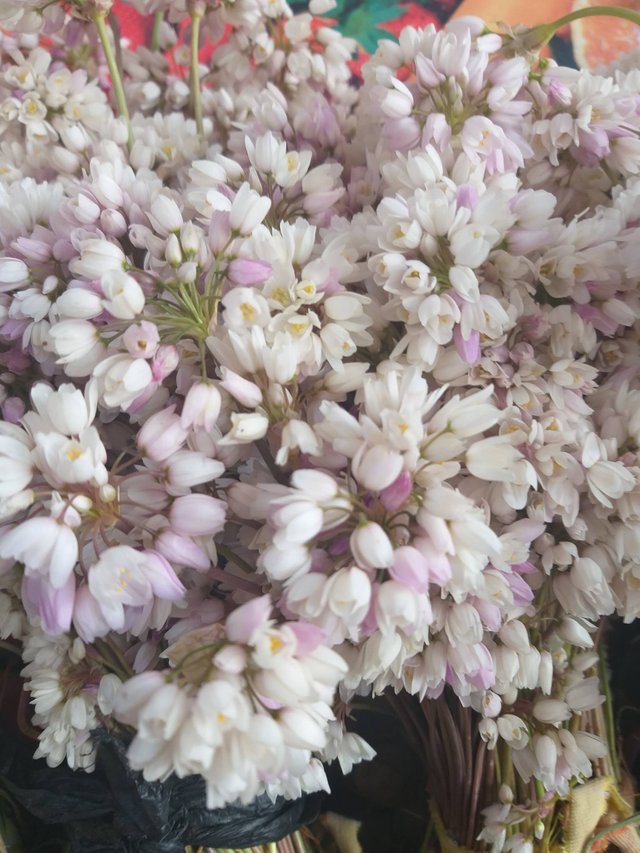
• Allium schoenoprasum is very low in calories, providing only 30 calories per 100 grams of fresh leaves.
• 100 grams of fresh leaves offer 2.5 grams or 7% of the recommended daily intake of fiber.
• Surprisingly, Allium schoenoprasum contains more Vitamin A than any other vegetables in the garlic family. 100 grams of fresh leaves contain 4353 International Units of Vitamin A, equivalent to 145% of the recommended daily intake.
• Folic acid is present, providing 105 micrograms or 26% of the recommended daily intake per 100 grams of leaves.
• In addition, the leaves contain other B-complex vitamins and essential minerals such as copper, iron, manganese, zinc, and calcium. Leafy greens provide various vital vitamins like pyridoxine, pantothenic acid, niacin, riboflavin, and thiamine in healthy proportions.
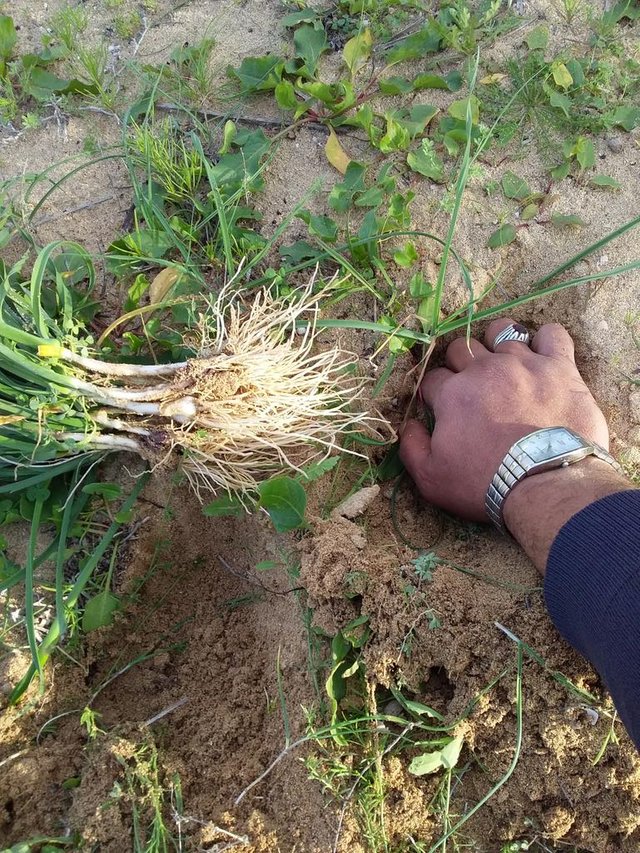
Other benefits include aiding digestion, anti-cancer properties, cardiovascular health benefits, anti-inflammatory properties, antibiotic properties, bone health, benefits to the circulatory system, skin health, anti-aging properties, wound healing, facial mask for dry skin, strengthening hair follicles, and treating hair loss.
